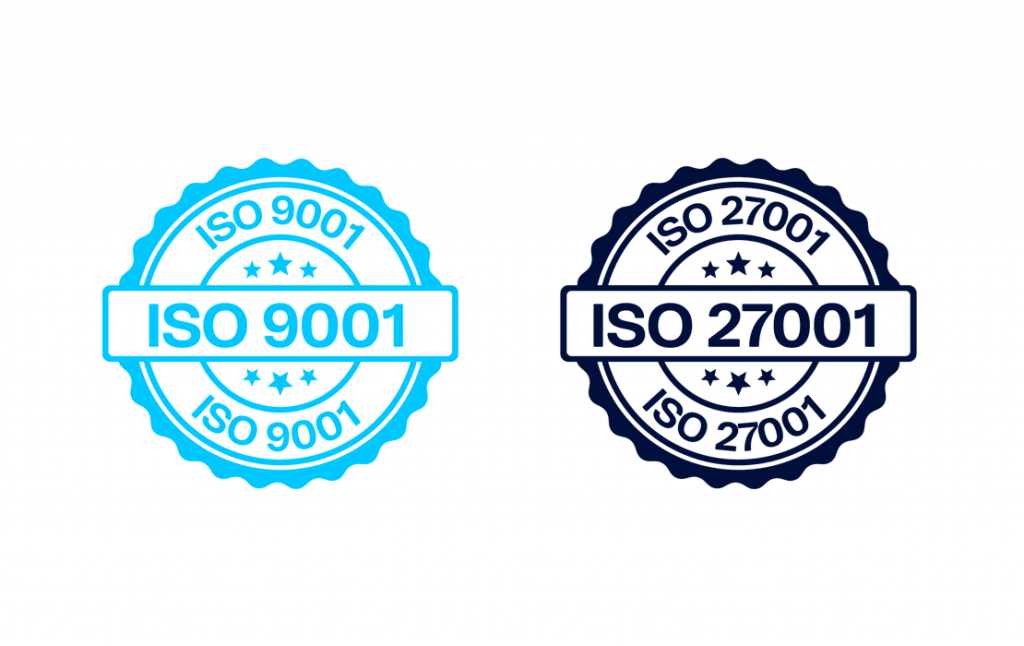The IoT is revolutionizing road journeys across the globe, and connected vehicle technology is at the heart of this evolution. Connected vehicle technology is just one example of how road operators, fleet managers and drivers are using connected vehicles and real-time data to optimize operations, reduce costs and improve safety.
But the possibilities extend far beyond connected vehicles. Discover how IoT is transforming various industries by exploring our collection of IoT use cases across transport & logistics, manufacturing, smart cities and utilities. See how businesses are utilizing connected technology to achieve real world results.
Connected car telematics is enabled by embedding cellular connectivity into vehicles. Many jurisdictions have mandated that vehicles contain cellular SIM cards so they can communicate in the event of an emergency with initiatives such as eCall in the European Union. In addition to this, vehicles routinely connect to GPS to enable navigation and have connectivity to enable infotainment and vehicle services.
900 million
Connected cars by next decade
50%
of connected cars sold from 2024-2030 will be 5G embedded
US$3.6 billion
2027‘s autonomous driving and 5G infotainment opportunity
Increasingly, connected car IoT applications are coming to market that enable the vehicle to perform over-the-air software updates and to integrate with other systems and services. This has contributed to accelerated growth in connected vehicle adoption which is driven by consumer users. Connected consumer vehicle numbers are set to increase from 162 million in 2023 to 294 million in 2027. In contrast, commercial connected vehicle numbers are projected to grow from 30 million to 73 million in the same period.
One reason why a car needs to be connected to the cloud, backends and other ecosystems is due to the ongoing transformation within the automotive industry. Traditionally, cars were fully assembled and finalized upon entering the market. However, with the emergence of the software-defined car, this paradigm is shifting. The software-defined car is characterized by constant development and updates throughout its lifetime.
Connecting the car to the cloud enables seamless integration of these updates, allowing for improved functionality and performance over time. This connectivity facilitates remote diagnostics, software upgrades and real-time data analysis, enhancing both the user experience and the overall efficiency of the vehicle. As technology evolves, cloud connectivity, backends and the rest of the ecosystem becomes increasingly integral to the automotive ecosystem, ensuring that cars remain at the forefront of innovation and adaptability.
In Q3 of 2023, two-thirds of cars sold globally featured embedded connectivity and by 2030, more than 90% of connected cars sold will have 5G embedded connectivity. We’re entering in an era in which we are as connected on the road as we are in our homes or workplaces. The low latency, high speed, highly resilient 5G networks will underpin a large portfolio of new vehicle-based services which ultimately will encompass Advanced Driver Assistance Systems and eventually fully-autonomous vehicles.
Connected car IoT applications will include data-heavy infotainment use cases as well as new features and apps to enhance the user experience. This is essential for car makers as the driving experience shifts away from internal combustion engines towards full electric power. That will require IoT connectivity to keep users informed about the vehicle status, to support usage-based insurance and to incorporate third-party apps such as in-vehicle payments.
In addition, connectivity is crucial for consumer usage of cars due to its ability to enhance convenience, safety and entertainment. With connectivity, users can remotely access and control various features of their vehicles, such as locking and unlocking doors, starting the engine, or adjusting climate settings, using smartphone apps or other devices. This level of remote control provides convenience and peace of mind to consumers, especially in scenarios like remote start on cold mornings or locating a parked car in a crowded area.
Connectivity also enables real-time data transmission for navigation, traffic updates and vehicle diagnostics, contributing to safer and more efficient driving experiences. Connectivity opens up opportunities for in-car entertainment and infotainment services, such as streaming music, podcasts and internet browsing, transforming the car into a connected multimedia hub. Overall, connectivity significantly enriches the consumer experience by providing seamless integration with digital lifestyles and offering advanced features that improve convenience, safety, and entertainment on the road.
The high-end, emerging advanced driver assistance and automated driving systems depend on the ultra-reliable low latency communication capabilities of 5G but 5G is not sufficiently deployed alongside major roads to support services – yet. That will change as road operators prioritize deployment of 5G but, in the meantime, throughput is constrained to 4G technologies in many situations. These can support many infotainment, in-car software upgrades and downloads and a portfolio of services but the next generation of digital cockpits will demand 5G, along with satellite communications for precise positioning.
The business model for connected vehicles is still being developed with car makers currently investing in embedding the technology into cars and assuming the role of gatekeepers to the vehicle. Vehicles are problematic in terms of introducing innovation because of their relatively long lifecycles which means a vehicle could have obsolete technology when only a few years into its operating life. Careful consideration therefore needs to be given to the retrofitting and upgrade potential of systems deployed today.
Connected vehicle technology is delivering a series of benefits to drivers, such as:
By definition, the IoT connected car requires relatively high levels of bandwidth to support services such as video. This means that 4G/LTE and 5G are the principal cellular options for this market. These technologies can be augmented by Bluetooth, satellite connectivity and Wi-Fi but the vast majority of external vehicle connections will be cellular.
As 5G networks, especially alongside highways, are constructed the market will focus on 5G with the technology increasingly embedded in new vehicles. Achieving a significant installed base may take up to a decade and in the meantime, 4G technologies will be utilized to provide good experiences that support some of the features of connected vehicles.
With the ability to connect a local network or to more than 500 networks across the world, Telenor IoT’s Managed Connectivity Services provide vehicles with connectivity across the globe. This full global IoT connectivity that supports all types of cellular connectivity including the 4G LTE and 5G that connected vehicle technology use cases demand.
You can explore more on the IoT automotive case studies page or download Telenor´s Customer Cases booklet.
Ultimately, with a large installed base of vehicles and ubiquitous roadside infrastructure, 5G will usher in a world of assisted and, later, automated driving augmented by rich infotainment experiences and a portfolio of new applications and use cases centered around the connected vehicle. This new era depends on the resilient, low latency, high speed, high device density per cell of 5G which will support mission-critical communications. The stakes are high in this new marketplace with lives truly at stake.
Telenor IoT has the IoT experience of enabling connections for mission critical applications and already supports car makers across the globe. We’re ready to help you make the right connections to support the next generation of connected vehicles.
Ready to simplify your IoT deployment? Talk to our connectivity experts!


